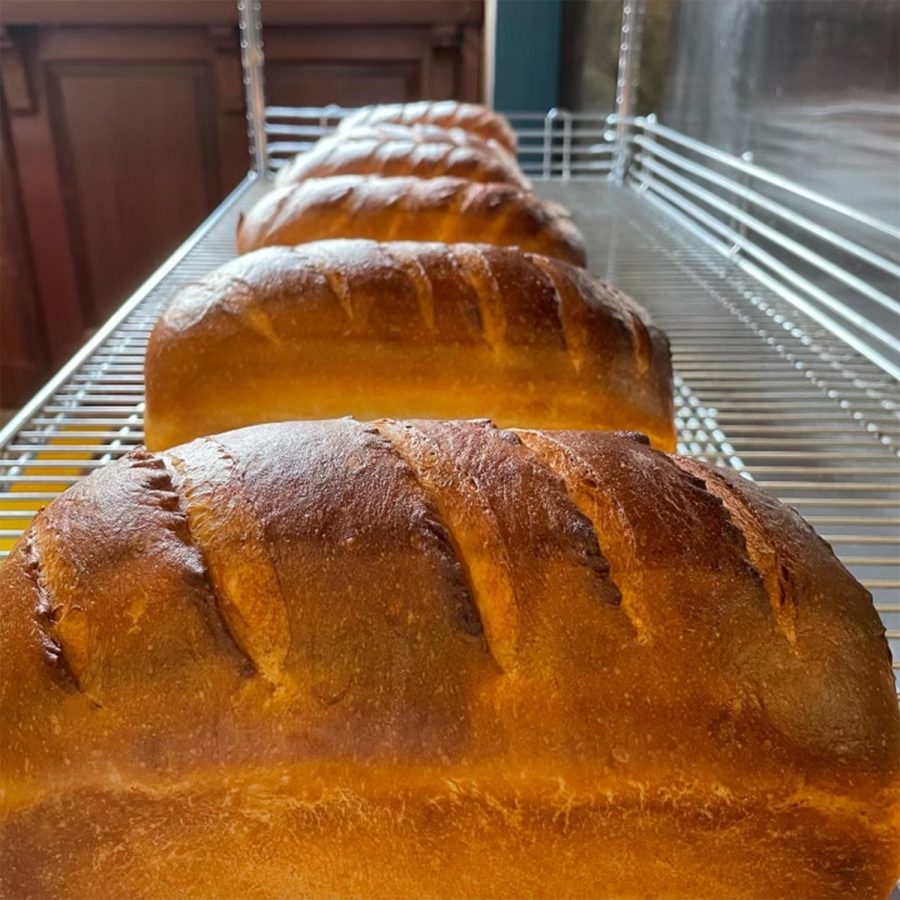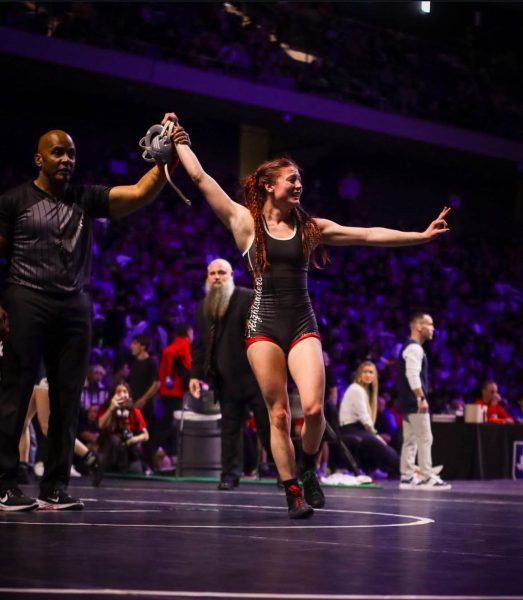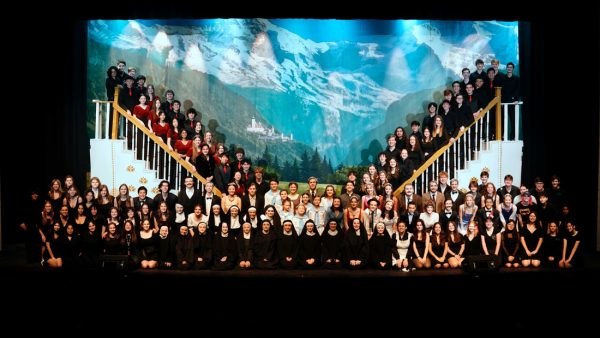Quarantine creates culinary career
School assignments are delicious when your major is Baking and Pastries.
When COVID-19 started and many were confined in their homes with little to do, former TWHS student Eden Jamail found peace amid chaos in baking. The 2019 graduate moved from LoneStar Community College to St. Helena, Calif., to pursue a career in flour and sugar at the American Culinary Institute, “This was my last choice out of four or five things, and I am having the best time of my life,” Jamail said.
Mid-quarantine and out of a job, Jamail started “baking pies every day” for his family. At the time hoping to pursue a career in Airline to become a pilot, but was disqualified from flying due to ADHD medications. His father suggested he go to culinary school, to not only further his skills, but learn from passionate and well-accomplished chefs. “I kind of just decided to do it on a whim,” Jamail said.
“It’s a funky way they put you through the courses,” Jamail said, “You choose a major and they put you through the courses depending on your major. After your second semester, they put you into an internship at any restaurant in the world for 15 weeks. Then, you come back to finish off the last few semesters,” Jamail said.
After choosing his major, Baking and Pastry, he noted how the classes are “a little unordinary”. As a Baking and Pastry major, Jamail expected the classes to be less core curriculum, awaiting to be put into courses in Japanese Cuisine and Modern Banquet Cooking. When he arrived in St. Helena, he was directly put into a math class.
“Right now, I’m doing different kinds of math and deduction to figure out how much a menu would cost the chefs. Ingredient and flavor-wise.” Instead of your typical high-school class, where you sit for 90 minutes, “we have one six hour class per day,” Jamail said. In a six hour class, time management is most important. Scheduling “five to six different things to make”. When and how it will affect your timeline. Along with those classes, there are two courses before and after, each about an hour such as Food Safety, Culinary Chemistry, and Wine Studies. “You just have to push yourself through it,” Jamail said.
For Jamail, the long hours “feels like I am working, not like I am at school”. But, balancing your homework is the tricky part. The six-hour course in the middle of your day as well as the other two to three courses you are in can leave little time to complete homework.
“Most culinary schools have around a 98% acceptance rate, but mine has only a 42% graduation rate because of how rigorous it is.” The long classes and time management may cause students to give up, but the faculty and Master Class Chefs want to see their students succeed. For example, in his Chocolate and Confessions Class, certified Master Baker Chef Steven E. Issac, along with his colleagues, “hold us to a higher standard above what most people see when they are going to a restaurant,” Jamail said. “Eveything is ‘Yes, Chef. No, Chef’.”
Jamail completed his internship at Redbird in downtown Los Angeles. Specializing in the “main desert service”, Jamail prepped and produced desserts in three to five minutes per ticket. “There is your normal range for failure, but you have to get on top of your stuff, and do everything you can to pass your classes, or you won’t.”
Outside of school and over the weekends Jamail has learned to step out of his comfort zone. Now having to cook for himself over the weekends, he has begun to bake more savory foods.
“In class, I am getting the skills to become a restaurant owner and a chef like I really want to, and outside of school I’m being pushed to be able to fend for myself,” Jamail said.
Your donation will support the student journalists of The Woodlands High School. Your contribution will allow us to purchase equipment and cover our annual website hosting costs.







